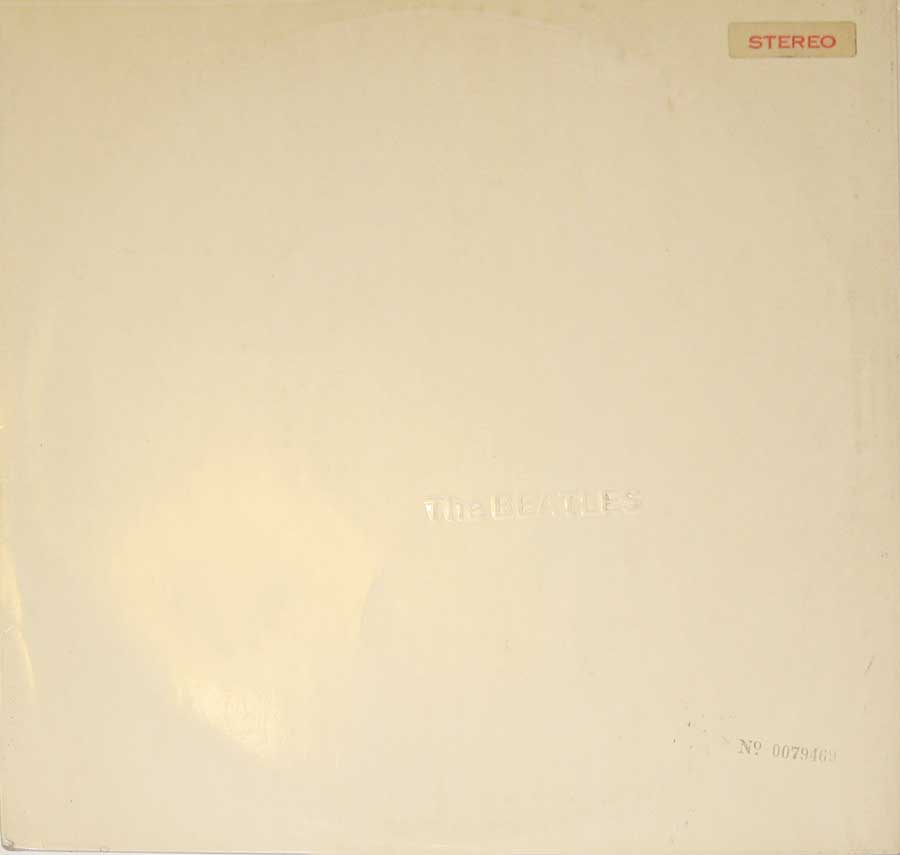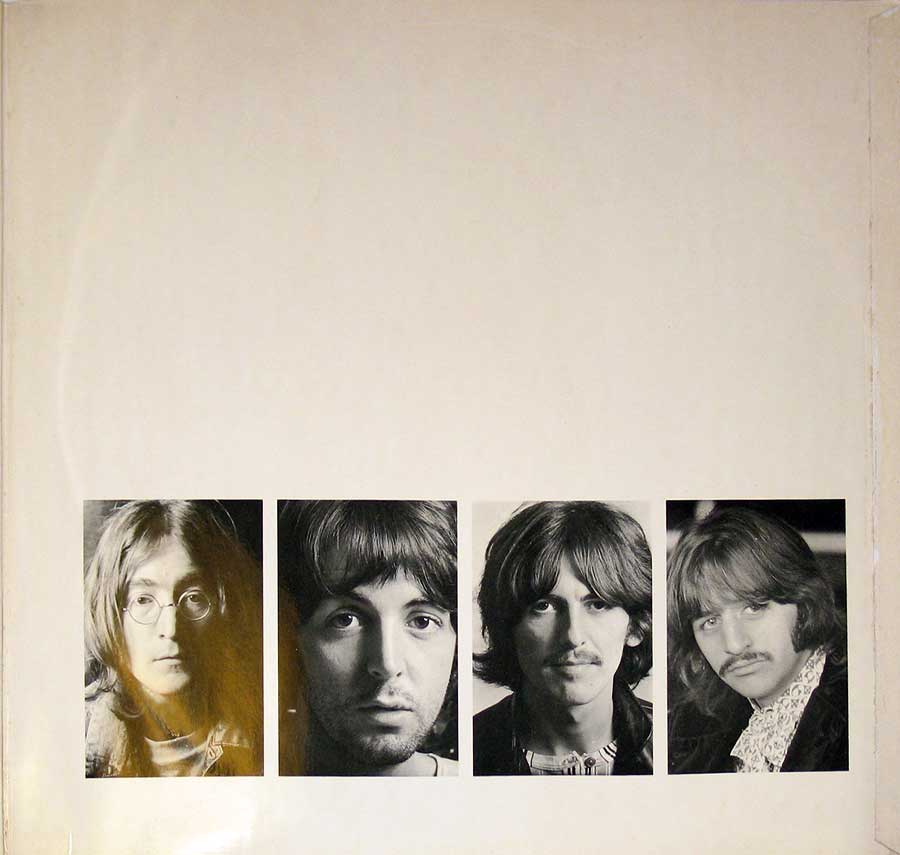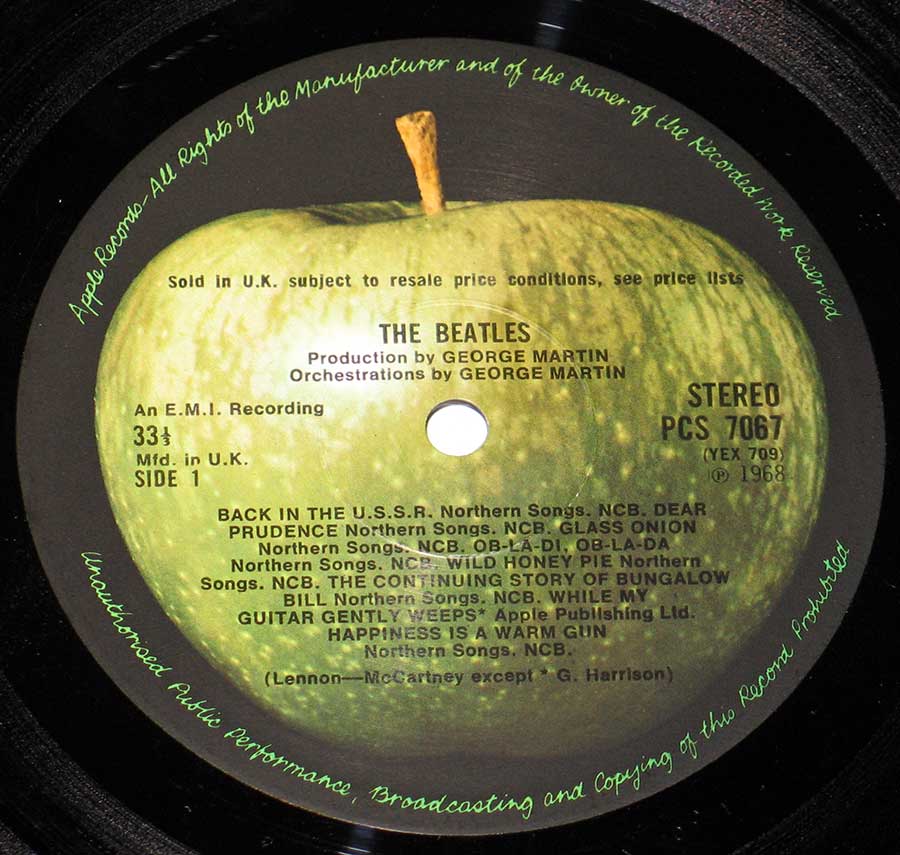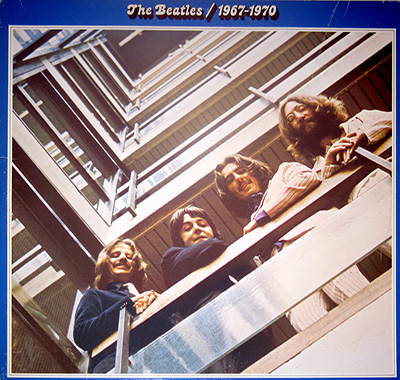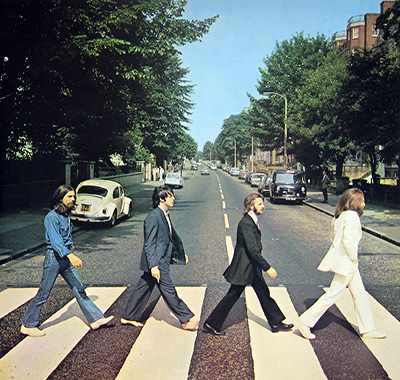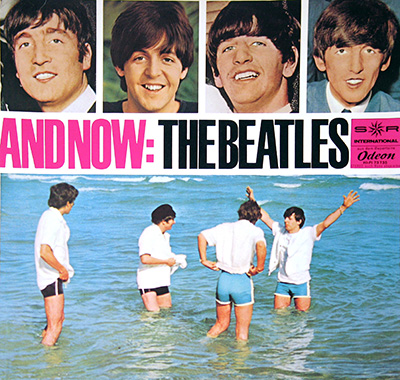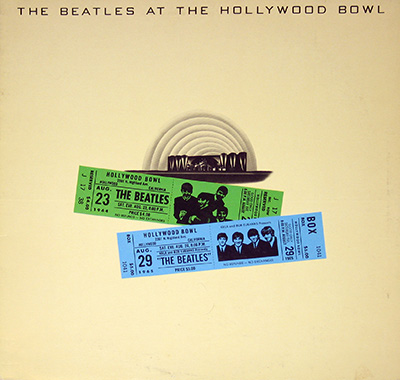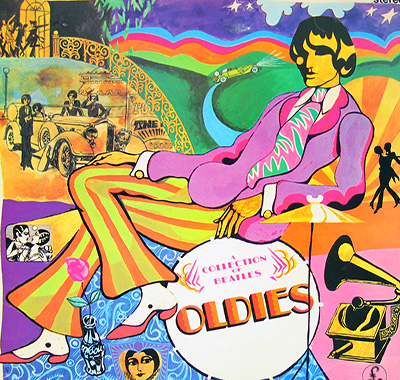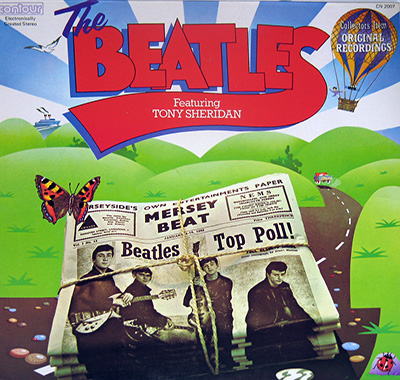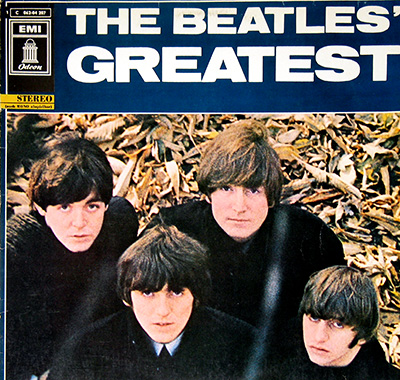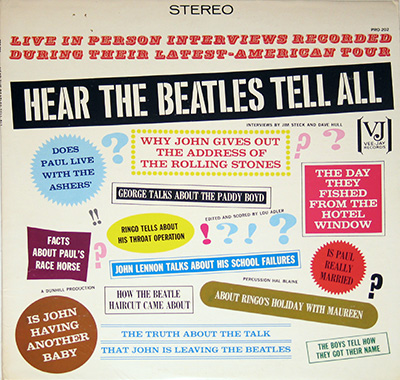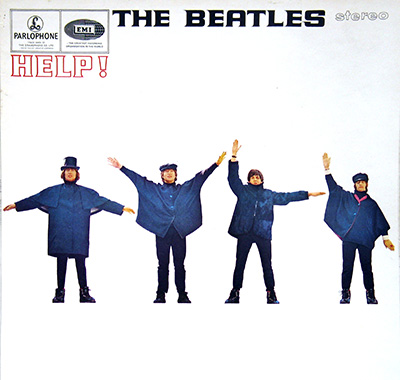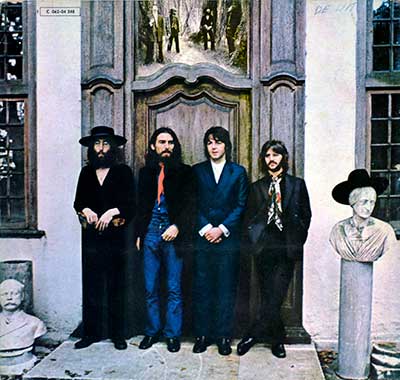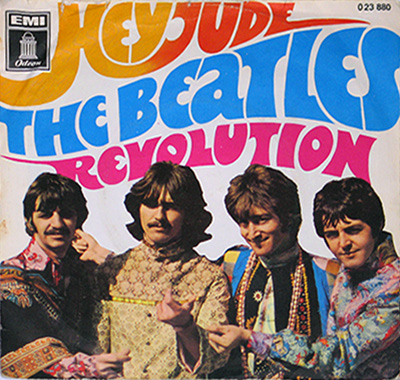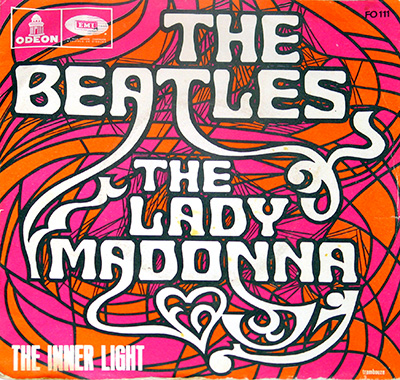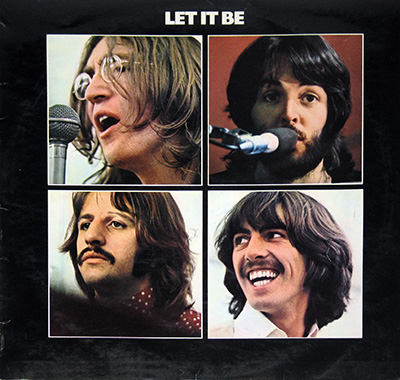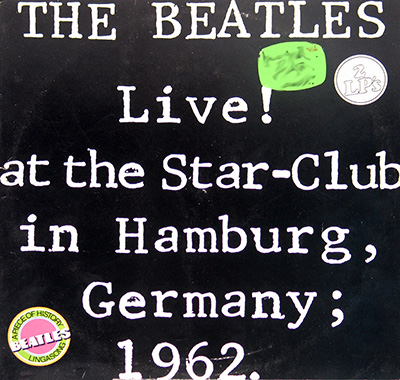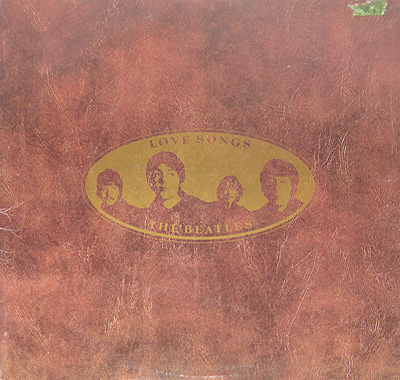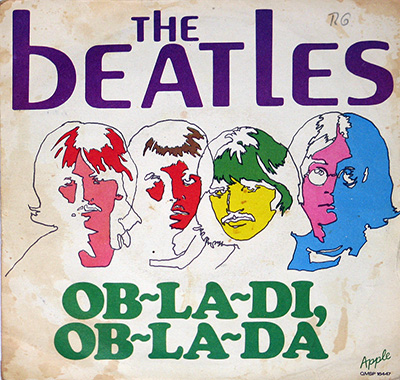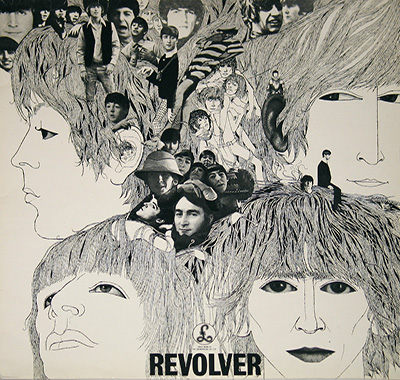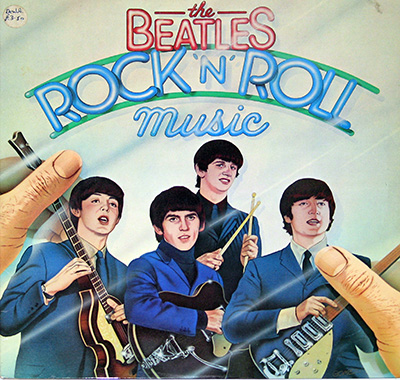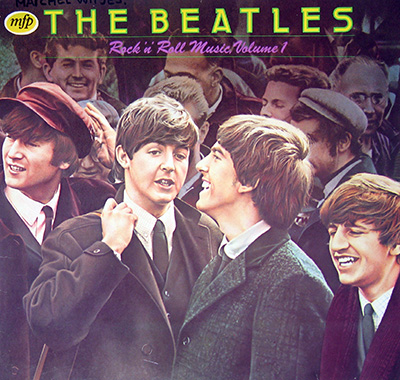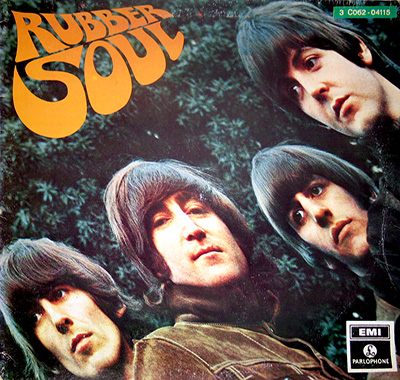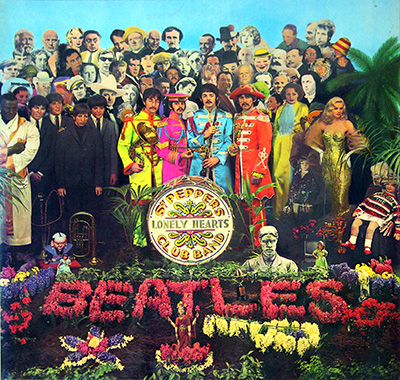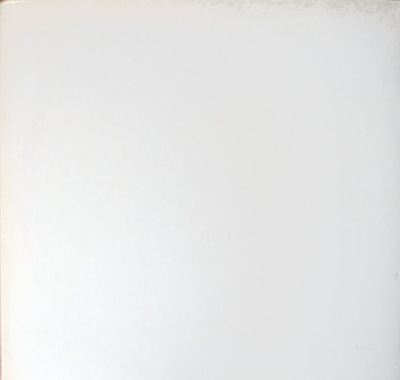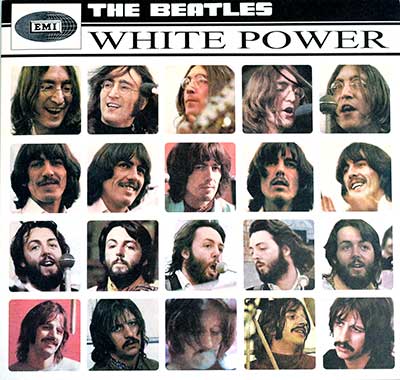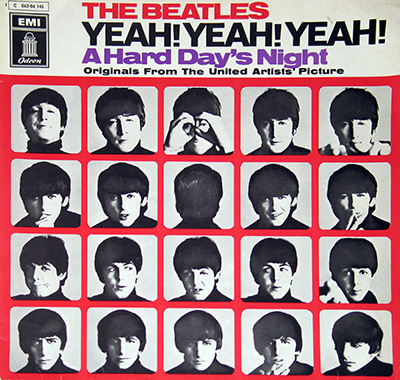The Beatles – The White Album Album Description:
In the autumn chill of 1968, as the world buckled under the strain of war, revolution, and cultural upheaval, The Beatles retreated into the controlled chaos of EMI Studios at Abbey Road. What emerged wasnÕt just a double albumÑit was a sprawling, enigmatic declaration of independence. Officially titled The Beatles but universally known as "The White Album", it broke every rule they had previously written. This wasnÕt a pop albumÑit was a white canvas smeared with rage, whimsy, isolation, and sonic liberation.
Historical Context
1968 was not an easy year. Globally, the assassination of Martin Luther King Jr. and Robert Kennedy, the Tet Offensive in Vietnam, and student uprisings from Paris to Prague formed a dissonant backdrop. The Summer of Love was over; idealism curdled into something darker. The Beatles, having returned from a spiritual sojourn in Rishikesh, IndiaÑmeant to bring enlightenmentÑfound themselves creatively splintering. But rather than implode, they exploded across four sides of vinyl, individually and collectively, their personalities captured in sharp relief.
Musical Genre and Range
The album refuses to be categorized. Yes, it contains Beat music at its core, but it is a journey far beyond that. This was a record where proto-metal ("Helter Skelter") coexisted with British music hall ("Honey Pie"), where avant-garde tape loops ("Revolution 9") collided with folk intimacy ("Blackbird", "Julia"). From the biting satire of "Piggies" to the sunburned rockabilly of "Rocky Raccoon," the album spans psychedelia, blues, classical pastiche, country, and proto-punk. It was everythingÑand nothingÑthe Beatles had done before.
Recording Studio and Sessions
Most of the recording took place at EMI Studios, Abbey Road, with additional sessions at Trident Studios in London. The sessions were long, fragmented, and tense. Each Beatle began to act as if recording a solo album, using the others as session musiciansÑwhen they used them at all. Ringo briefly quit the band, exasperated by the climate, only to return to flowers on his drum kit. Engineer Geoff Emerick walked out midway through the sessions. Yet, despite the dysfunctionÑor maybe because of itÑwhat was captured was raw, visceral, and deeply human.
The Production Team
At the helm was the bandÕs longtime producer George Martin, a stabilizing presence even as his role diminished. Increasingly, The Beatles took control of the board. MartinÕs orchestral sensibilities still graced tracks like "Good Night", while Chris Thomas, his assistant, filled in during MartinÕs absence and contributed key elements, including the harpsichord on "Piggies". The group also experimented with new recording techniquesÑtape loops, direct injection of bass guitar, and unconventional microphone setupsÑreshaping the technical language of studio recording.
Controversies and Impact
Though artistically lauded, the album wasnÕt without controversy. "Helter Skelter" would later be co-opted by Charles Manson as part of his deranged apocalyptic vision. "Revolution 9", meanwhile, baffled critics and fans alikeÑan unsettling sound collage that seemingly mocked the pop format itself. Internally, the album revealed fractures in the band. Yoko Ono's constant presence in the studio sparked tension, and creative disputes flared. Still, The White Album stood defiantÑbloated, brilliant, and belligerently uncommercial.
Conclusion
There is no one way to understand "The White Album." It is not a concept album, yet it is a concept in itselfÑfour men reflecting a shattered world through 30 shards of music. In doing so, they not only charted new territory but also foreshadowed the end of their collective path. If Sgt. Pepper was The Beatles' psychedelic dream, then The White Album was the cold, dazzling awakening.
